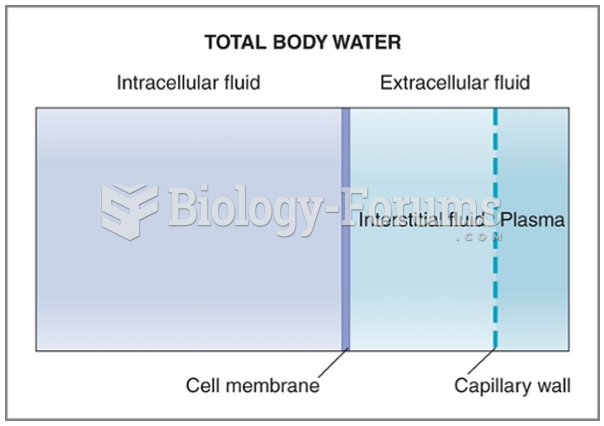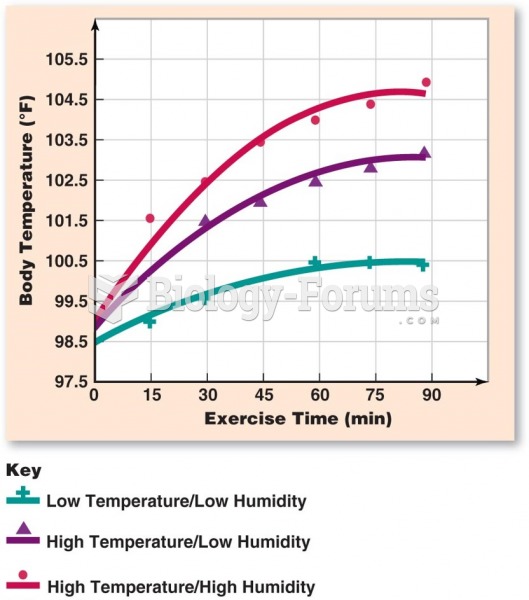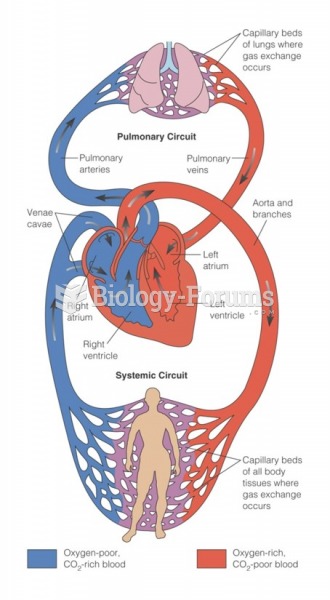A chronic obstructive pulmonary disease (COPD) patient with an ideal body weight of 65 kg is brought to the emergency department.
The patient is short of breath and using accessory muscles. Aerosolized bronchodilators are ad-ministered. The arterial blood gas reveals the following: pH 7.31, partial pressure of carbon diox-ide (PaCO2) 72 mm Hg, partial pressure of oxygen (PaO2) 88 mm Hg, oxygen saturation (SaO2) 90, bicarbonate (HCO3) 32 mEq/L on nasal cannula 2 L/min. The respiratory therapist should recommend which of the following at this time?
a. Intubate, volume-controlled continuous mandatory ventilation (VC-CMV) rate 15 breaths/min, tidal volume (VT) 650 mL, fractional inspired oxygen (FIO2) 0.50, positive end-expiratory pressure (PEEP) 6 cm H2O.
b. Noninvasive positive pressure ventilation (NPPV) with bilevel positive airway pres-sure (bilevel PAP) rate 8 breaths/min, in-spiratory positive airway pressure (IPAP) 10 cm H2O, expiratory positive airway pressure (EPAP) 4 cm H2O.
c. Intubate, pressure-controlled intermittent mandatory ventilation (PC-IMV) rate 10 breaths/min, peak inspiratory pressure (PIP) 30 cm H2O, FIO2 0.60, PEEP 3 cm H2O.
d. Administer 30 oxygen via air entrain-ment mask and continuous bronchodilator therapy.
Question 2
A 70-year-old, 61-inch-tall female patient was admitted with an acute exacerbation of chronic obstructive pulmonary disease (COPD).
After 12 hours of oxygen therapy, bronchodilator therapy, and intravenous corticosteroids, the patient began to show signs of clinical deterioration. Her chest X-ray revealed an enlarged heart and bilateral infiltrates. Her arterial blood gas shows acute on chronic respiratory failure. It is de-cided that this patient requires intubation and mechanical ventilation. The most appropriate ven-tilator settings for this patient include which of the following?
a. Volume-controlled continuous mandatory ventilation (VC-CMV) rate 15, VT 200 mL, FIO2 1.0, positive end-expiratory pressure (PEEP) 5 cm H2O
b. VC-CMV rate 12, VT 400 mL, FIO2 0.4, PEEP 3 cm H2O
c. Pressure-controlled intermittent mandato-ry ventilation (PC-IMV) rate 10, peak in-spiratory pressure (PIP) 30 cm H2O, FIO2 0.60, PEEP 3 cm H2O
d. PC-IMV rate 12, PIP 35 cm H2O, FIO2 0.30, PEEP 8 cm H2O







